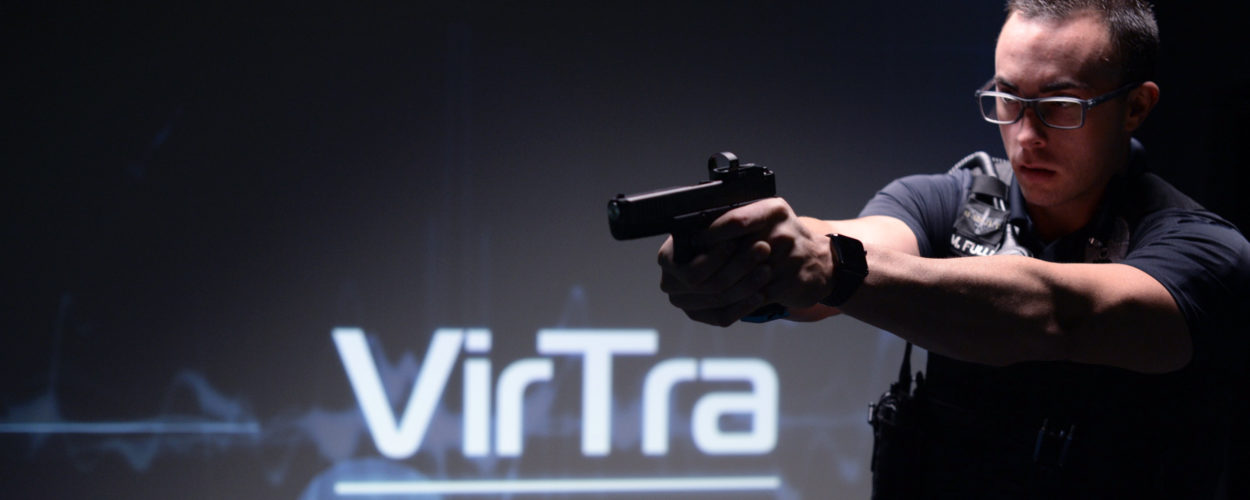
Ambush style attacks against police officers have been on the rise lately. Since 2017 in the Phoenix area alone, there has been a 31% increase in assaults against law enforcement. The reasons for the increase in attacks on LE are a hot potato issue right now and not something that we can solve here in the trainer’s corner blog, but we can look at how ambush attacks roll out and what we might be able to do to mitigate the damage. I want to look at some common themes that we see in most ambushes.
The first is the element of surprise. We rarely have the advantage of being able to contact our suspects at the time and place of our choosing. If you’ve ever been on a Bicycle Patrol Unit you know the feeling of turning into a blind alley and being faced with a group of fellas who didn’t expect to see five-o rolling up on a bicycle. Most often you just caught them at their most vulnerable and least advantageous point. The same applies to the officer. Often times a suspect can feign compliance and lure an officer into a false sense of security. It’s at moments like this that we become vulnerable.
You may have seen the recent incident in Phoenix where nine officers were shot or injured in a call for service at a residence. As the first officer arrives ,the suspects tells him that a woman had been shot and was choking on her own blood. When the officer approaches the doorway to the residence the suspect opens fire. The suspect offered no pre-attack indicators as he stood there shirtless in the doorway smoking a cigarette. The officer had no indication that the suspect was holding a gun and the suspects demeanor was such that the officer had very little reason to believe that he posed a threat. The surprise of the attack was so fast that all the officer could do was retreat to cover and put out radio traffic.
The next factor concealment can be broken into 2 categories. Concealment of the assailant or concealment of a weapon. I wish I had a dollar for every time I went to find an individual at a known location and was told by somebody at the residence that the subject who I was looking for was not there. I often tell students that wolves travel in packs and that where there is one bad actor there is probably another nearby. Maintaining situational awareness or 360-degree security is paramount to our survivability on the street. While we don’t always have the option or necessity of a second officer on scene I always consider contact and cover to be the best option.
Watch the hands! The ten percent area (the front of the waist to the small of the back) is where most weapons are secured. A DOJ study found that 90% of the weapons found on suspects was found in this ten percent area. Suspects digging in their pockets or refusing to remove their hands from their pockets should be scrutinized. Since most people are right-handed, I always taught students to start scanning suspects at their right hand, moving quickly to the left hand and finally the face, rinse and repeat often. While the suspect’s face can’t really hurt anything but your feelings it can give you an impression of a suspect’s intentions. I know the old “Ask, Tell, Make” model is no longer in vogue in modern law enforcement DT classes, however a simple “touchless touch” compliance check can indicate to officers that the suspect has bad intentions toward them.
The next factor is the suddenness of the attack. Years ago, I was detailed to our agency’s critical incident team. Like any other agency the team was tasked with investigating use of force incidents and reporting the findings to the Chief. One of the most reported phenomena among the officers who were forced to use force was that they almost always said “It happened so fast.” Taking control of a situation and placing suspects in a position of disadvantage as quickly as possible is an important tactic to remember. If a suspect exits his vehicle without being told to do so he is either posturing for an encounter, looking to run or wants to separate himself from something in the vehicle. By quickly taking control of the suspect, we can disrupt his OODA loop cancelling his plans before he has time to act on them. Speed Surprise and Violence of Action are staples to our survivability in dynamic situations.
If you have seen the scenario “Nightmare Alley” on the VirTra system, you’ve seen a classic ambush situation. This scenario is based off an actual encounter. As the contact officer begins to control the suspect to make the arrest, a white SUV approaches from down the alley. While the tendency for some students is to get target fixated on the suspect as he struggles with the officer it is important to maintain 360-degree security. Depending on where the student has positioned himself inside the simulated environment, he can quickly pick up the threat coming from the SUV. Without giving up the scenario too much, instructors need to know that the suspect in that actual encounter had large amounts of narcotics on board and it did take several rounds to stop the threat.
If you have any ideas for scenarios that you would like to see developed or are interested in custom content specific to your AOR please feel free to reach out to any of our Law Enforcement SMEs on the training and curriculum team at VirTra. Stay safe and keep your head on a swivel.
Written by: Mike Clark, VirTra Law Enforcement Subject Matter Expert
Recently Published
Join Our Newsletter







